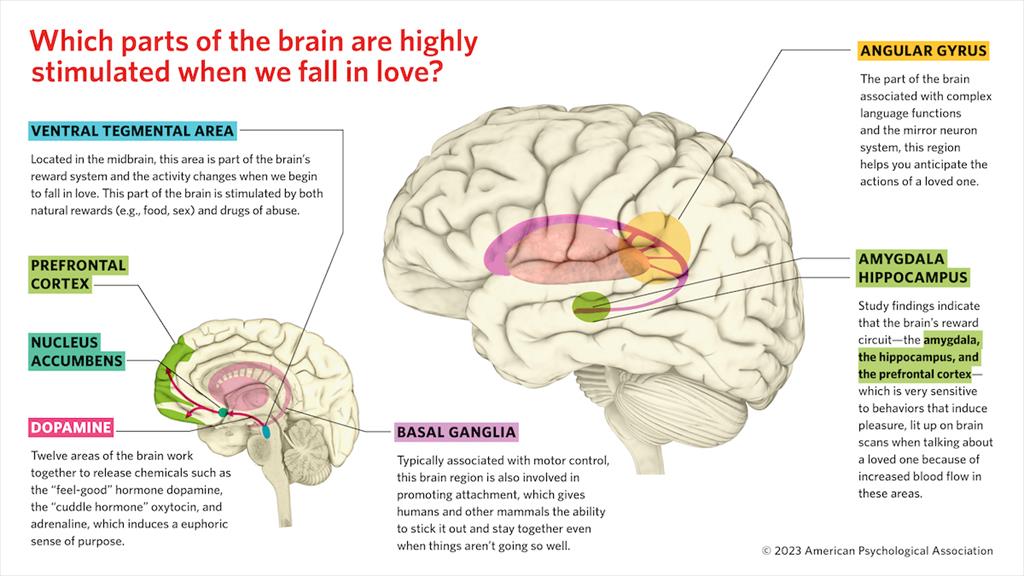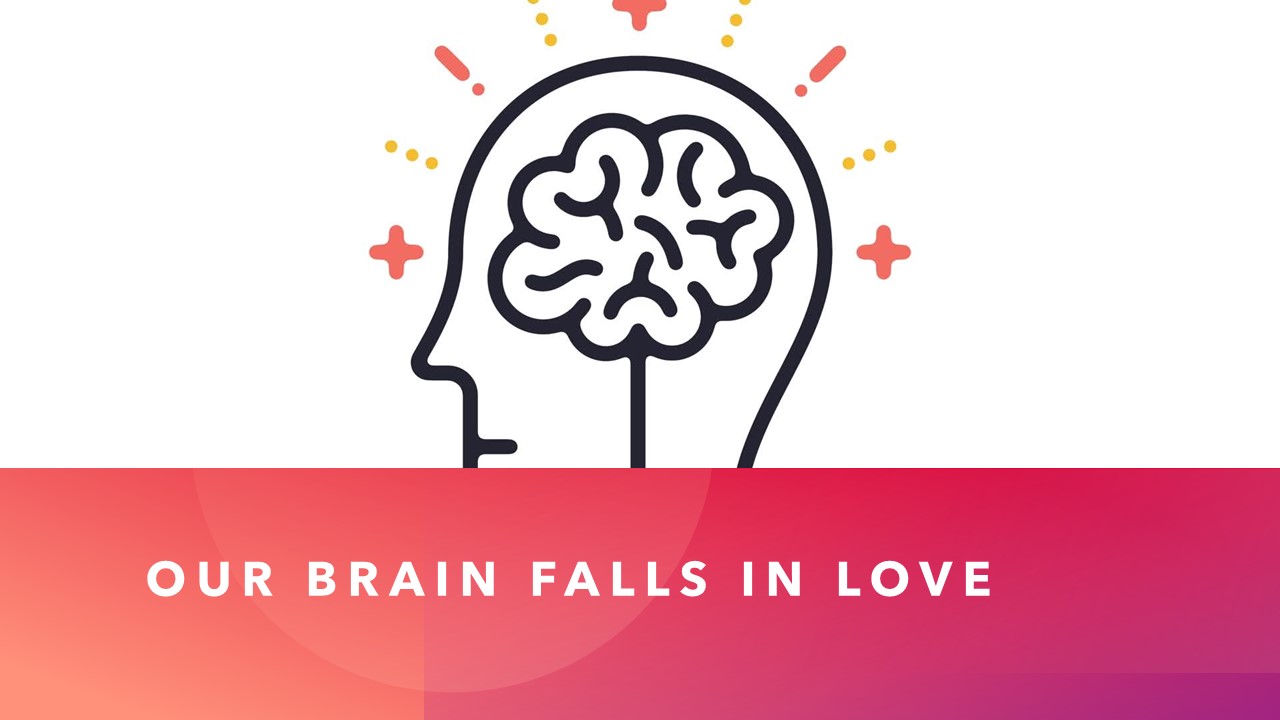The need for love is one of the most basic physiological and psychological needs people have. We need to love someone and be loved by somebody. Although people’s experiences and expressions of love may vary across cultures and situations, their basic human needs for love are still universal across the world (Karandashev, 2019).
I wrote about how our brain developed the ability to love in another article.
The activation of certain neural and physiological mechanisms in our body and brain generates the psychological experience and expression of love. These biological mechanisms for the capacity and necessity to love have developed in our mammalian ancestors throughout the course of biological evolution (Karandashev, 2022).
How Our Brain Works When We Fall in Love
Studies of the neurophysiological processes involved in our feelings of love have proliferated in the last two decades. Brain imaging techniques have been a valuable method to study human cerebral functions associated with love and romantic relationships.
Neuroscientists have traditionally investigated the subcortical structures of reward-related systems involved in the experience of love. Later neuroimaging studies showed that, in addition to these subcortical structures, different cortical networks and cognitive factors play an important role in reward-related systems associated with the experience of love.
Several scientists investigated how men and women feel in the early stages of romantic love and what occurs in their brains and bodies. Early-stage romantic love often induces euphoria.
What is happening in our brains when we are falling in love? According to Lucy Brown, a neuroscientist at Einstein College of Medicine in New York, and her colleagues, the first activation of love occurs in a primitive part of the brain’s reward system that is located in the midbrain. This finding once again confirms that our ability to love stems from the long evolutionary history of our animals’ ancestors. It is possible that romantic love originated from a mammalian drive to pursue preferred mates.
Functional Magnetic Resonance Imaging of Love
Lucy Brown and her colleagues studied seven men and ten women who were “in love” using the method of functional magnetic resonance imaging (fMRI). Some of these participants were intensely in love, while others were moderately in love or had a low thrill for their partner.
Participants in this study alternately perceived a photograph of their beloved and a photograph of another familiar person that researchers exposed to them in the fMRI machine. When participants perceived the photo of their romantic partner, they experienced a feeling of love. What occurred in their brain? Researchers recorded brain activation in the midbrain’s ventral tegmental area (VTA). This is the part of the brain connected to meeting basic needs, such as eating when we are hungry and drinking when we are thirsty.
Professor Brown commented,
“It’s the area of the brain that controls things like swallowing and other basic reflexes. While we often think about romantic love as this euphoric, amorphous thing and as a complex emotion, the activation we see in this very basic part of the brain is telling us that romantic love is actually a drive to fulfill a basic need.”
The Hormones of Love
Stephanie Cacioppo, a professor from the University of Chicago, and her colleagues revealed more findings on how love affects our brains.
Researchers found 12 areas of the brain that are activated to release chemicals such as dopamine, the hormone associated with “feel-good,” oxytocin, the hormone associated with “cuddle hormone,” and adrenaline, which stimulates a euphoric sense of purpose. These findings also showed that the brain’s reward circuit, which includes the amygdala, the hippocampus, and the prefrontal cortex, is sensitive to behaviors that induce pleasure. These parts of the brain are active when we are talking about a loved one, and these areas have increased blood flow.
When these processes are occurring in the brain, our level of serotonin, a hormone responsible for the regulation of appetite and intrusive anxious thinking, decreases. Low levels of serotonin are common among men and women experiencing anxiety and obsessive-compulsive symptoms.
“This explains why people in the early stages of love can become obsessed with small details, spending hours debating about a text to or from their beloved,”
Stephanie Cacioppo

